Reflecting on MIT Women’s Contributions to Science, Society, and Online Learning
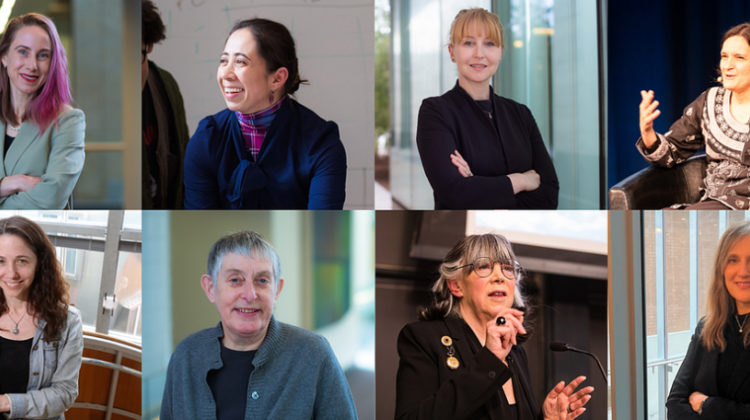
Women at MIT have been impacting their fields since Ellen Swallow Richards, the first woman graduate of MIT, was appointed chemistry instructor in 1882. Richards was an industrial and environmental chemist who established the Woman’s Laboratory in 1876 to create better opportunities for the scientific education of women, opening future opportunities at MIT and beyond.
Through groundbreaking research, scholarship, and teaching, MIT women faculty and instructors have had a far-reaching impact on the Institute and science and society at large.
Here are eight MIT professors who teach MITx courses and continue the legacy of creating better opportunities for all.
Polina Anikeeva
- Image
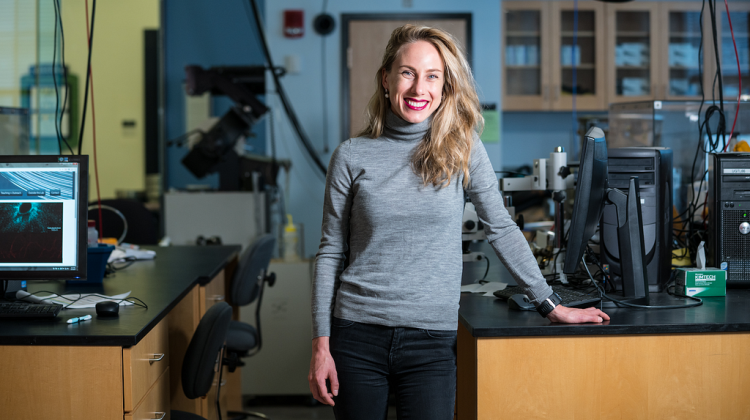
A professor of materials science and engineering and brain and cognitive sciences, Polina Anikeeva works across disciplines to develop tools and methods for improving treatment for neural disorders. Anikeeva is an associate director of the Research Laboratory of Electronics and the director of the K. Lisa Yang Brain-Body Center.
From unraveling connections between the brain and gut to designing soft optical fibers that block pain and soft-bodied robots that can be controlled with magnets, Anikeeva’s research has uncovered new connections between the brain and body that are revolutionizing medicine.
Learn online from Anikeeva with Electronic, Optical, and Magnetic Properties of Materials.
Regina Barzilay
- Image
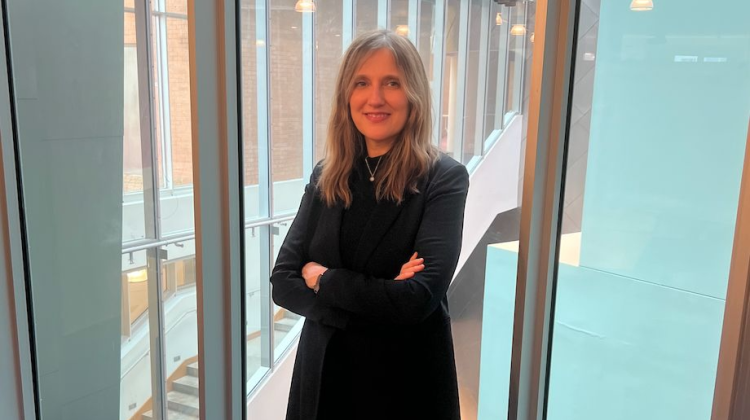
Regina Barzilay, the School of Engineering Distinguished Professor of AI and Health and the AI faculty lead at MIT Jameel Clinic, is a MacArthur Fellow whose research is pioneering applications of machine learning in healthcare.
Barzilay’s work developing AI models and tools that can detect future lung cancer risk, offer personalized cancer screening, find potential drug molecules a thousand times faster, and accelerate the process of discovering new medicines offers significant potential for advances in disease detection, treatment, and prevention.
Professor Barzilay teaches Machine Learning with Python: from Linear Models to Deep Learning, part of the MicroMasters Program in Statistics and Data Science, developed by the MIT Institute for Data, Systems, and Society and MITx.
Esther Duflo
- Image

Developing the MicroMasters Program in Data, Economics, and Design of Policy (DEDP) is only one of Professor Esther Duflo’s many accomplishments.
In 2019 she was co-named a winner of the Nobel Prize in economic sciences along with her partner and fellow MIT professor, Abhijit Banerjee, and Michael Kremer of Harvard University for their work in antipoverty research and relief efforts. Working towards turning evidence-based research into policy continues to be a large focus of Duflo’s work.
Her recent book, “Good Economics for Hard Times,” is the basis for the DEDP course of the same name.
Lorna Gibson
- Image

With a research focus on the cellular structure of materials, Lorna Gibson is a post-tenure professor of materials science and engineering who investigates how materials behave mechanically. She co-authored several widely used textbooks on these topics, and has received numerous awards for her teaching.
Gibson also co-authored a 2023 study that uncovered how sandgrouse hold water in their feathers — a discovery that could lead to useful applications in desert areas where water is scarce.
You can learn from Gibson’s expertise with MITx courses Mechanical Behavior of Materials and Cellular Solids.
Janelle Knox-Hayes
- Image
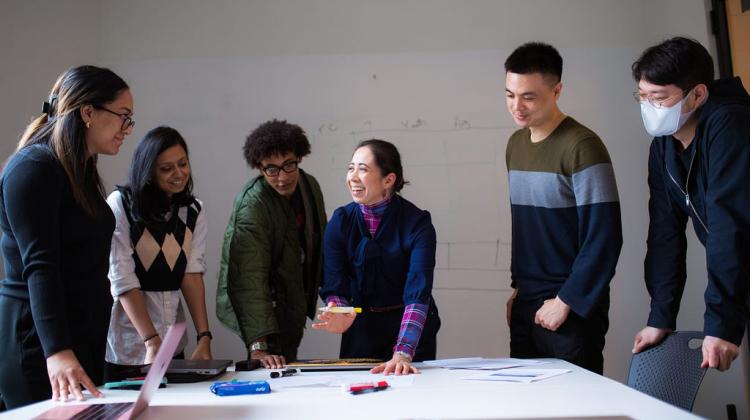
Professor Janelle Knox-Hayes’ work focuses on the influence of globalization on the use of social and environmental systems, including the ways in which renewable energy solutions should engage the communities that they serve.
With three other colleagues in the field, Knox-Hayes launched a new academic journal that focuses on how finances and spaces influence one another.
Knox-Hayes teaches Cities and Climate Change: Mitigation and Adaptation with faculty from Columbia University and the Pratt Institute.
- Image
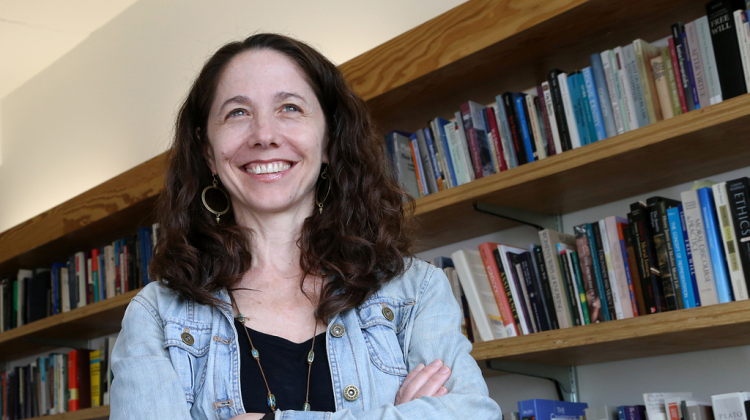
Tamar Schapiro is a professor of philosophy at MIT who teaches Moral Problems and the Good Life with Professors Caspar Hare and Kieran Setiya.
Schapiro’s research has extensively focused on ethics and human reasoning, which she covers in her book “Feeling Like It: a Theory of Inclination and Will.”
Susan Silbey
- Image
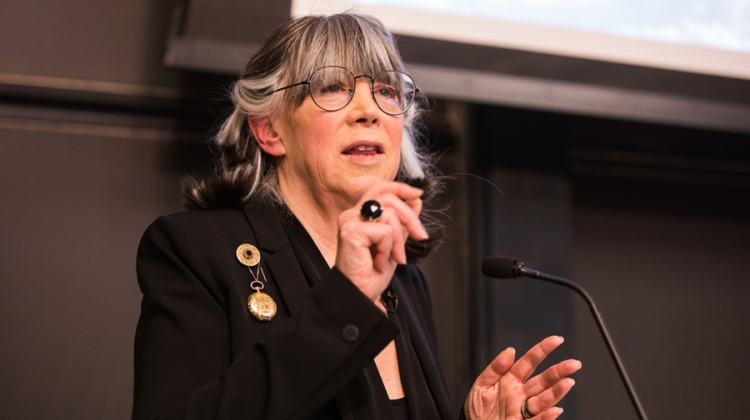
Professor Susan Silbey has been teaching since 1974 — and at MIT since 2000. Her significant contributions to the scholarship were honored in 2019 with the James R. Killian Jr. Faculty Achievement Award. She served as chair of the faculty from 2017–2019.
With award-winning work in lab safety procedures and regulatory best practices, her research has helped examine the ways in which people interact with and engage with law in their work and personal lives. “The Common Place of Law” tells the stories of ordinary citizens’ interactions with law.
Silbey serves on the MITx Faculty Advisory Committee and teaches two MITx courses, Qualitative Research Methods: Conversational Interviewing and Qualitative Research Methods: Data Coding and Analysis.
Anne White
- Image

Anne White’s research focuses on tokamak plasma and its role in transitioning energy systems to low-carbon or zero-carbon models. She and co-author Pablo Rodríguez Fernández answered a 20-year-old problem in fusion research.
She is the current associate provost and associate vice president for research administration, the co-chair of the MIT Climate Nucleus, and chair of the federal advisory board Fusion Energy Sciences Advisory Committee.
White is one of the lead faculty members on Nuclear Energy: Science, Systems and Society. She spoke about her experience creating the course with MIT News in 2019.
There are many more MIT women faculty and instructors to learn from with MITx courses! Explore them all.


